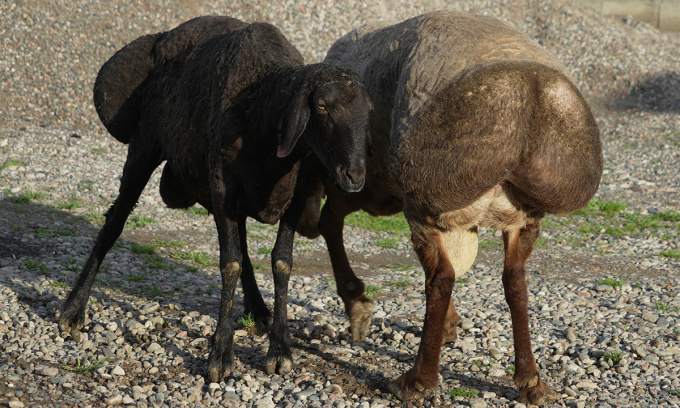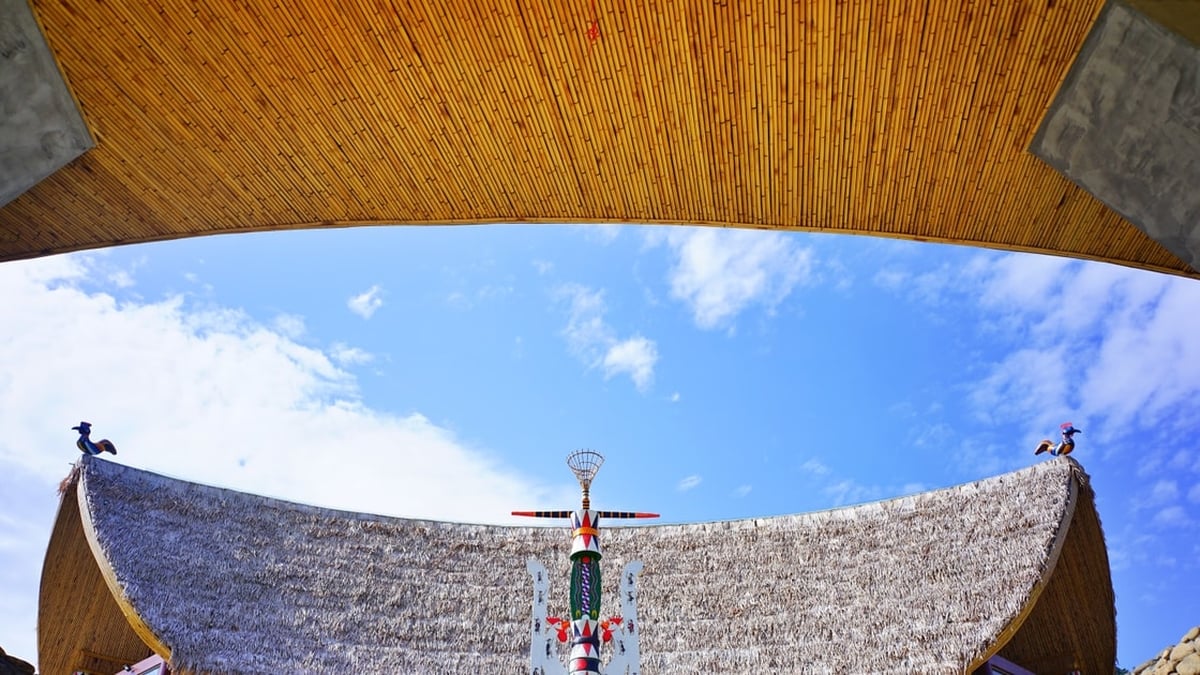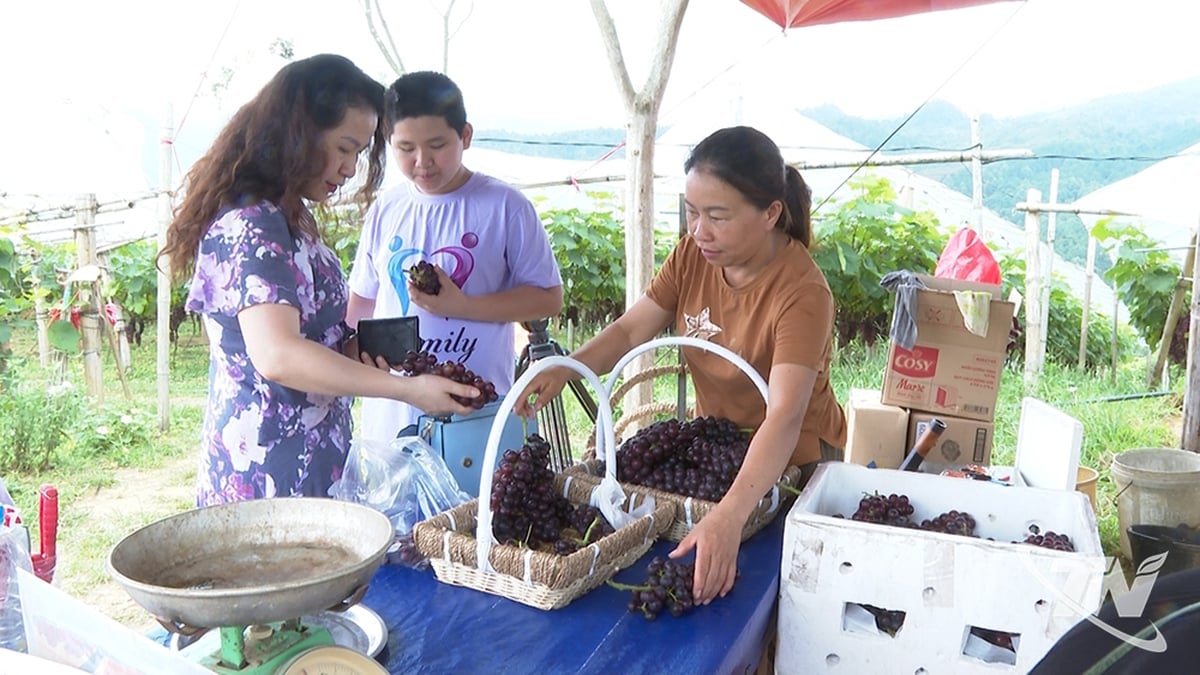Tajikistan Hissar sheep are a rich source of food and contribute to improving soil ecosystems thanks to their ability to travel long distances to forage.

Hissar sheep stand in the courtyard of a biotechnology center near the town of Hissar, western Tajikistan, March 27, 2024. Photo: AFP/Amir Isaev
The Hissar breed, which is large and distinctive for its two fat pads on its hindquarters, is prized for its profitability and ability to adapt to climate change. They are increasingly popular in the Central Asian nation of Tajikistan, which is struggling with a lack of meat and suitable pastures, AFP reported on April 28. "They gain weight quickly even with little water and grass," said Bakhtior Sharipov, a shepherd with a flock of about 250 sheep.
With farmland severely degraded by years of overgrazing and global warming, the resilient Hissar sheep are a boon to Tajik farmers and a plentiful source of meat for consumers. “The sheep weigh an average of 135 kilograms. It’s late winter so they’re not very heavy, but they’ll gain weight quickly,” Sharipov said of his flock of Hissars. The largest Hissar sheep weigh more than 210 kilograms.
With the ability to produce meat and fat equal to about two-thirds of the total weight - more than most other sheep breeds, including those that are more expensive to feed - Hissar sheep can be highly profitable for farmers.
“This is a very unique breed of sheep, primarily because of its weight. In addition, they never stay in one place, which contributes to improving the soil ecosystem,” explains Sharofzhon Rakhimov, a member of the Tajik Academy of Agricultural Sciences . They can travel up to 500 km to find grazing areas between seasons, allowing pastures in different areas to regenerate.
Degradation of soil quality is one of the major environmental challenges facing Central Asia. According to a United Nations report, about 20% of the region’s land is degraded, affecting 18 million people. This is an area of about 800,000 square kilometers, or about the size of Türkiye. In addition, dust raised from the dry land can cause cardiovascular and respiratory diseases.
As land degradation continues to affect livelihoods, many farmers are choosing to migrate. In such a context, the Hissar sheep, which thrives in harsh conditions, is of particular interest to Tajikistan.
At a biotechnology center near the capital of Tajikistan, scientist and breeder Ibrokhim Bobokalonov takes genetic samples from the best Hissar sheep in the hope of creating the biggest, most profitable sheep. Last year, a 230-kilogram sheep appeared at an agricultural competition in Kazakhstan, setting a Guinness World Record.
“Demand for Hissar sheep is growing not only in Tajikistan, but also in Kazakhstan, Kyrgyzstan, Russia, Türkiye, Azerbaijan, China, even the US,” Bobokalonov said.
Thu Thao (According to AFP )
Source link





































































































Comment (0)